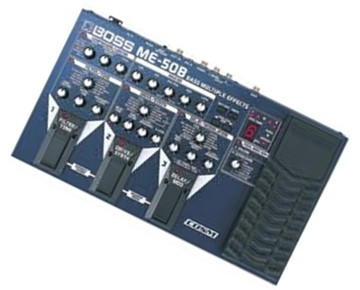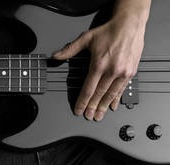Lydian Modes – Get Ready For Rock And Jazz
 Have you learned your major, minor, diminished, and augmented scales? Have you ever found yourself wondering how these scales came to be? After all, they couldn’t have been the first scale, right?
Have you learned your major, minor, diminished, and augmented scales? Have you ever found yourself wondering how these scales came to be? After all, they couldn’t have been the first scale, right?
Well, they weren’t Before our beloved system of scales, there were these scales that we now call modes, all built off of the C Major scale, which at the time was the root of all music, only containing whole notes, no sharp or flats, or any accidentals at all.
Modes have a unique style due to their being built off of another, single scale. All in all there are seven modes, all built from the scale degrees of the C Major scale, but in this article we are only going to discuss one of those modes; the Lydian mode on bass guitar.
The Lydian mode is the fourth mode of the seven, which means that it directly coincides with the fourth scale degree of the C Major scale. This means that, so long as you know your C Major scale, you will never have any problem building the Lydian mode or remembering its properties.
But, seeing as a bit of insurance is always a nice thing to have, we’re going to give you the strange half step and whole step formula that makes up the Lydian mode.
Formula For Constructing the Lydian Mode
Whole step, whole step, whole step, half step, whole step, whole step, half step
 Following this formula, let’s figure out what the Lydian mode really is. First off, we need to find the fourth scale degree, or note name, of the C Major scale. This is the note F. Knowing this, we can start creating our Lydian mode.
Following this formula, let’s figure out what the Lydian mode really is. First off, we need to find the fourth scale degree, or note name, of the C Major scale. This is the note F. Knowing this, we can start creating our Lydian mode.
Starting with F, if we move a whole step we get to G, another whole step brings us to A, a third to B, then a half step to C, a whole step to D, a whole step to E, and finally a half step to bring us back around to the start; F.
This means that the Lydian mode consists of the notes F, G, A, B, C, D, and E.
Now, you may be wondering what the exact purpose of a reworked C Major scale is?
Well, take for instance the F Major scale. It had quite different properties than the C Major scale, and it would be difficult for us to use it as a scale over the key of C Major if we were to play a fourth scale degree progression consisting of the subdominant triad of F, A, and C.
Using the Lydian mode, we would have a scale that fits over this scale degree perfectly without making us change out of key or warp the properties of the original scale.
Now that you know a little bit more about the Lydian mode on bass guitar and how it is built and what its uses are, the next step is to practice with it. Make some melodies, riffs, licks, and anything else that will help you to better integrate it into your playing. Good luck!
If You Have Time, Watch the Video Below For More
Transform Yourself From An Average Player Into a Competent Bassist
JamPlay has thousands of video lessons that are conveniently arranged in structured lesson sets. With high quality instructions from world renowned bassists, Jamplay is an unparalleled learning resource. Whatever your genre preferences, you’ll find something here to help you improve your current level of playing.
Related Articles
Comments are closed.





